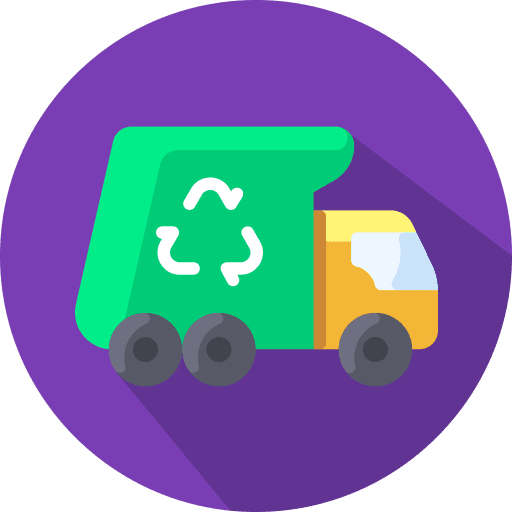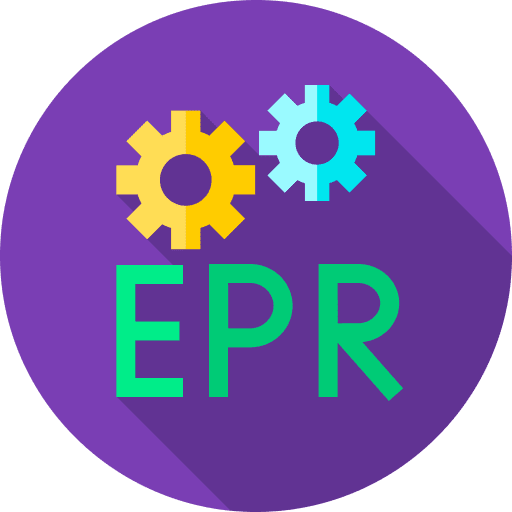EPR is an environmental policy in which the producer’s responsibility extends to the product life cycle’s post-consumer stage. EPR schemes promote total life cycle ecological improvements of product systems.
EPR motivates brands to use innovations and bring changes in the initial production stage to reduce hazardous and harmful materials in the products. Read further to know different business models adopted by the brands and if EPR is brand specific.
Business models adopted by different brands
The product takes back:
- Many brands use this scheme to encourage consumers through incentives to donate their used garments. Those garments are then sorted, recycled, and reused for effective waste management. Some brands which follow this model:
H&M

This brand has collaborated with the global textile collector by taking up all kinds of clothes from all brands independent of the cloth’. The clothes are then sent to the nearest sorting centers using logistics. The clothes grading and hand sorting takes place according to the waste hierarchy. As incentives, they provide their customers with rebates on their next purchase.
Reuse and resell:
- In this method, the retailers take back only their brand products if they are reusable. Few brands engage in this process like:
Filippa K
They have established a business model with an additional second-hand store apart from the regular one. Here the customers can find the Filippa K clothes, which they no longer use.
Boomerang
In boomerang stores, the customers can find both new and vintage collections of clothes. They provide an extrcustomers’% discount on the exchange of new clothes for old ones. Adding to this, the clothes that are never sold adds to the new collection under vintage clothing instead of completely discarding them.
Some brands also engage in online reselling of the clothes on various platforms like eBay.
Reselling of clothes by other actors:
Many charitable organizations and private businesses base their business on collecting and selling used clothes in many countries. They have a different way of operating and deciding:
– what they collect
– how they collect
– whom they decide to sell it
– what they do with the leftovers
Luxury hand shops are selective in terms of brands and styles. They sell clothes from various brands which are handed by independent individuals.
There are private vintage stores that use old clothes and arrange them according to their era and time. Usually, they lack incentives and commission policy for their customers.
Why is EPR good for your brand?
- EPR helps the brands tweak their production process to reduce their environmental footprint.
- The dependency on natural resources decreases and reduces the level of production waste overall. Lower levels of waste mean fewer finances required to manage and process it.
- Brands are moving towards creating more sustainable products, which attracts and affects the millennial generation.
EPR is not brand specific, but various brand owners use schemes according to their products’ requirements. Brands should take conscious steps while using EPR schemes and improve how they manage consumer waste so that the planet earth can be saved.
Is your brand 100% ERP compliant?
Every business depends on and impacts the natural capital causing negative environmental impact. There are certain liabilities allotted to these brand owners and producers by the Central Pollution Control Board (CPCB).
The main motive of EPR is to introduce business models that are less dependent on natural resources and promote sustainable products. This article covers why EPR schemes are essential for a business and how to check if your brand is a 100% EPR complaint.
EPR benefits for a Brand
EPR can trigger innovations in the business and support brand owners in placing their products in a circular economy. There are many substantial benefits for brand owners when they apply EPR schemes:
- It improves the environmental performance of the brand’s products in the market. Schemes like eco modulation in fees provide producers with incentives of merging eco designs in their products.
- The EPR schemes can help brands to shift to a more circular business model. The circular economy has developed economic opportunities for companies.
- EPR brings changes in the market and increases consumer awareness along with their preferences for sustainable products.
- Increasing competitiveness in the market between different brands will lead to a decrease in harmful products.
- It leads to a change in the production process and the adoption of an economical method :
- Like reducing the number of natural resources used to make products
- Changing the material if it hampers the recyclability of the products
- Many producers and brands come together to form an organization for waste management to distribute responsibility. These organizations are called Producers Responsibility Organisations (PRO). These organizations can help brands to manage costs related to the disposal of waste products efficiently.
How to check a brand’s EPR compliance?
Brands that implement well-designed EPR schemes tend to gain many environmental, social, and economic benefits. To know if your brand is EPR complaint or not, check:
- Is your brand supporting a useful collection of end of life products? EPR compliant adopts proper treatment for waste products and its effective end of life collection.
- Is your brand helping boost waste reuse and recycle rates?
- Is your brand adopting green designs or eco designs for your products? Brands should create more products that are resource-efficient and have lower environmental impacts. A brand is EPR compliant when it does not use harmful and hazardous materials to make products.
- Is the brand paying fee for waste collection to different agencies? This fee helps to finance waste collection and processing. Using the recycled material instead of virgin materials, a more sorted array of waste and providing a higher quality of secondary materials.
- Check if the brand applies the polluter pays principle for their products.
- Is your brand working to reduce environmental risks related to their products? The brand is highly EPR compliant if it focuses on reducing health risks, mismanaged waste, and hazardous products like WEEE and batteries.
The points mentioned above can help you figure out if your brand is 100% EPR compliant or not. EPR is not a silver bullet that can magically solve all the problems. Every brand owner and producer must take responsibility for waste management.




